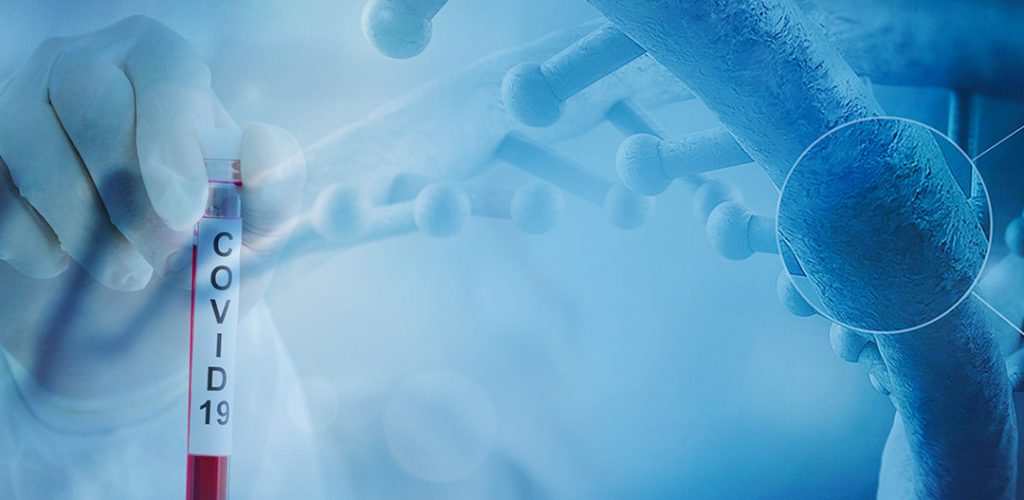Coronavirus: Central Hessen innovations helping to fight the pandemic
Innovation made in Central Hessen – the strength of German’s healthcare hotspot is featured in the corona crisis. Whether researching a vaccine against Covid-19, searching for effective drugs or developing rapid corona tests and respirators, many strands of national and global health efforts are converging in Central Hessen. Here is an overview of the most promising projects.

The heartbeat of Germany’s medical and health care industry is Central Hessen: Top research, innovation-driven industry and excellent educational opportunities are combined in one close-knit region.
This infrastructure makes the region around the three hubs of Marburg, Gießen and Wetzlar an agile center of excellence when it comes to combating the corona crisis. Numerous partnerships, research projects and inventions to contain the global pandemic represent the innovative power of the closely networked region.
Thus, Central Hessen participates in the global fight against corona:
What is the coronavirus?
Coronaviruses are ring-shaped, enveloped RNA viruses from the family Coronaviridae. At the turn of the year 2019/2020, the latest coronavirus (Covid-19 or SARS-CoV-2 and, at the beginning of 2019, called nCoV) was discovered in several patients in Wuhan, China. Since then the number of patients has been increasing in China, Italy, Germany and worldwide. The current case numbers are available on the website of the World Health Organization (WHO).
How is the coronavirus transmitted?
The novel coronavirus (SARS-CoV-2) is transmissible from person to person. According to the Robert Koch Institute, the information available to date on the epidemiology of Covid-19 shows that transmission is possible in close (e.g. domestic or nursing) contact between people. According to current knowledge, infection can occur via droplets and contact, e.g. with bodily secretions and excretions. It can be assumed that – as with other corona viruses – transmission occurs primarily via excretions or secretions of the respiratory tract (droplet infection). These arise, for example, when speaking, coughing or sneezing, but also during medical interventions (endotracheal intubation, suction from the respiratory tract, etc.). Cases have also been reported in which people have been infected in patients who had only shown non-specific symptoms.
How does the disease manifest itself?
Like other respiratory pathogens, infection with Covid-19 can lead to symptoms such as coughing, rhinitis, neck scratching and fever, and some sufferers also suffer from diarrhoea. However, in patients with a weakened immune system, the virus appears to be associated with a more severe course, leading to breathing problems and pneumonia. Deaths have so far occurred mainly in patients who were older and/or previously suffered from underlying chronic diseases.
The incubation period of Covid-19 is not known with certainty, but is estimated to be up to 14 days. Many properties of the novel coronavirus Covid-19 are currently not known. These include, for example, the period of highest infectiousness, how severe the disease is, over which period of time diseased viruses are excreted or are still infectious.
